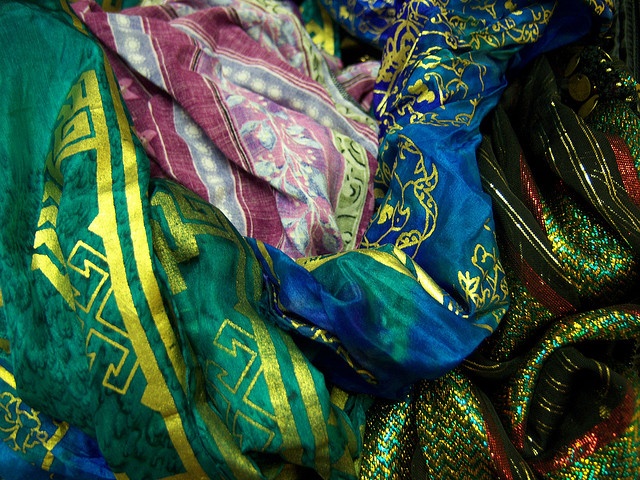A Brief History of Textiles

Textiles have played an integral role in human civilization, serving both practical and artistic purposes. From the rudimentary weaving techniques of ancient civilizations to the sophisticated textile industry of today, the history of textiles is a journey of innovation, craftsmanship, and cultural significance. In this article, we will explore the fascinating history of textiles, from its humble beginnings to the modern fabrics that define our world.
The Dawn of Textiles
The history of textiles can be traced back thousands of years, with the earliest evidence of textile production dating to around 5000 BCE. Ancient civilizations such as the Egyptians, Mesopotamians, and the Indus Valley people were among the pioneers of textile production. At this time, textiles were primarily made from natural materials like flax, wool, and cotton.
Weaving was a skill of great importance during these times. Simple looms and hand-spindles were used to create fabrics. These early textiles served both utilitarian and aesthetic purposes. They provided clothing, shelter, and were also used for religious and decorative purposes.
The Silk Road: A Global Exchange of Textiles
The Silk Road, a network of interconnected trade routes that spanned across Asia, played a pivotal role in the exchange of textiles. China, known for its exquisite silk production, was at the heart of this trade network. Silk, with its luxurious texture and vibrant colors, became highly sought after and was a symbol of status and wealth.
The Silk Road not only facilitated the trade of silk but also allowed for the exchange of weaving and dyeing techniques. This exchange led to the diversification of textile production across the continents. From the intricately woven patterns of Persia to the colorful textiles of India, the Silk Road played a significant role in shaping the global textile industry.
The Industrial Revolution: A Textile Revolution
The 18th and 19th centuries marked a significant turning point in the history of textiles with the advent of the Industrial Revolution. Manual weaving and spinning gave way to mechanized processes, leading to a surge in textile production. Factories equipped with power looms and spinning frames revolutionized the industry, making textiles more accessible to a broader population.
Cotton became a dominant textile material during this period, and innovations like the cotton gin and the spinning jenny made it more affordable and widely available. The mechanization of textile production not only increased efficiency but also sparked social and economic changes in many parts of the world.
The Age of Synthetic Fabrics
The 20th century witnessed another remarkable chapter in the history of textiles with the emergence of synthetic fabrics. In 1935, Wallace Carothers, a chemist at DuPont, invented nylon, a versatile synthetic material that found applications in everything from clothing to industrial uses. This discovery marked the beginning of a new era in textiles.
Soon after, other synthetic materials like polyester and acrylic were developed, offering durability, affordability, and ease of care. These fabrics rapidly gained popularity and continue to be essential in the modern textile industry.

Sustainable Textiles and the Future
As we move further into the 21st century, the textile industry faces growing concerns about sustainability and environmental impact. With the rise of eco-conscious consumers, there is a push for more sustainable textile production practices. Innovations like recycled fabrics, organic cotton, and responsible manufacturing are shaping the future of textiles.
Additionally, advancements in 3D printing and nanotechnology are opening up new possibilities for the industry. Textiles are becoming smarter, with the integration of technology like conductive threads for wearable electronics and self-repairing materials. These innovations are redefining the capabilities of fabrics.
Conclusion
The history of textiles is a testament to human creativity, ingenuity, and adaptability. From ancient civilizations weaving cloth by hand to the modern textile industry producing fabrics using cutting-edge technology, textiles have come a long way. As we move forward, sustainability and innovation will continue to drive the textile industry, ensuring that it remains a vibrant and evolving part of our lives. If you enjoyed this article about textiles then visit Make it British for more interesting articles.



